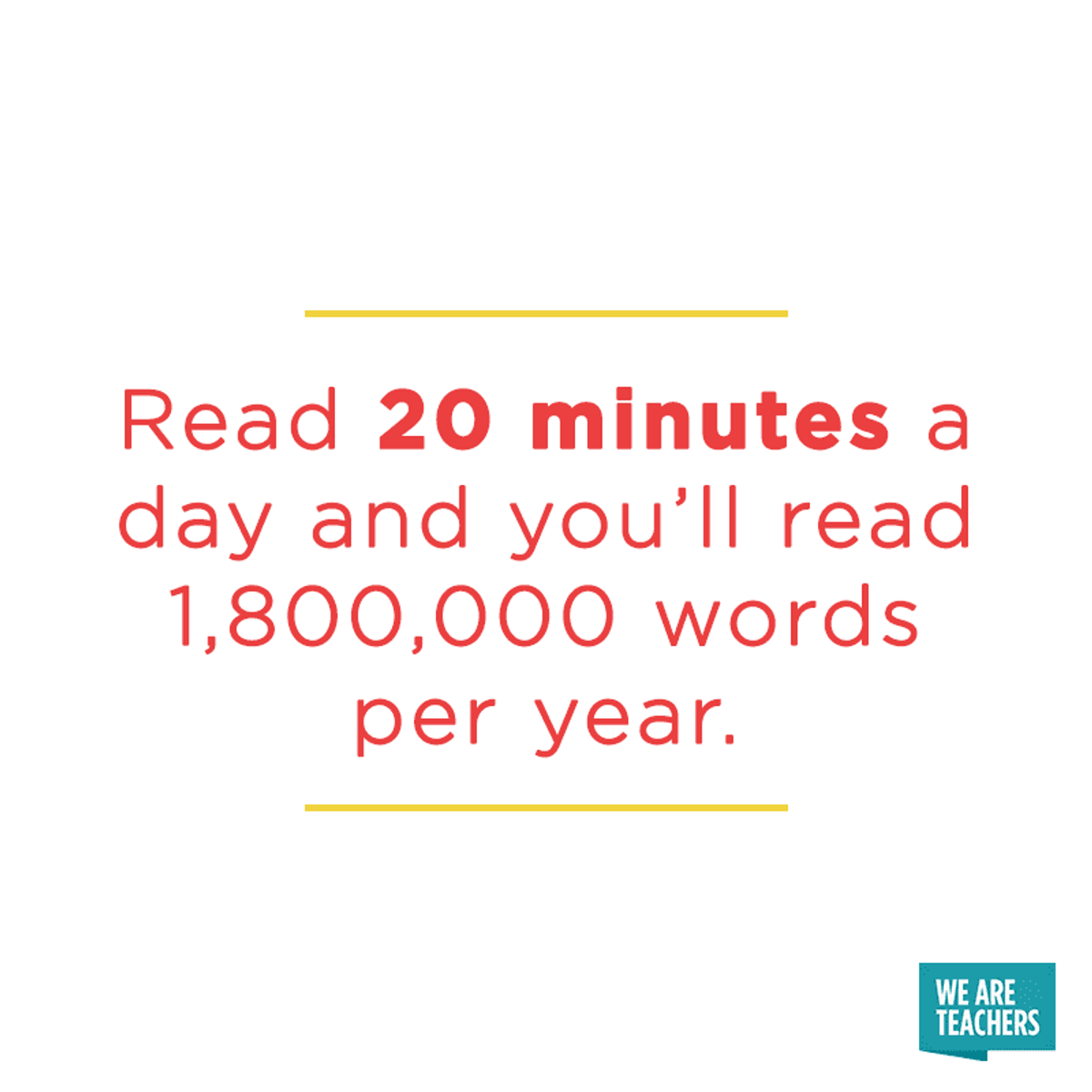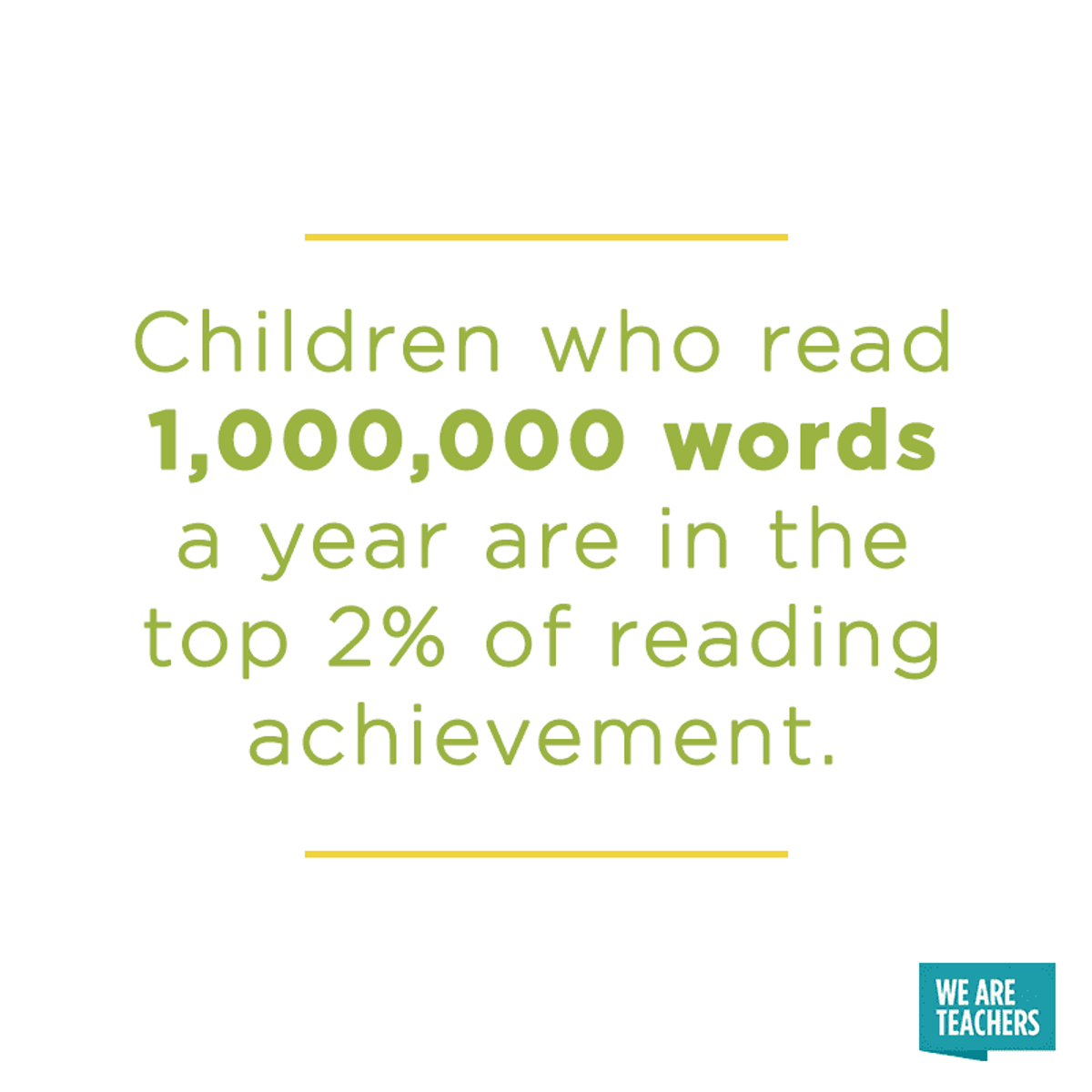Wellbeing/Curriculum News

How to Read with your child at HOME!
One of the best predictors of a successful reader is the amount of time a child spends reading. At home, there is much you can do to help foster your child’s reading skills and set the stage for a lifelong love of books and learning.
Spending a few minutes each day sharing a story furthers your child’s interest in reading. Not only will regular reading increase your child’s language comprehension and vocabulary, but there is a strong correlation between reading at home prior to school and later educational success.
One of the best predictors of a successful reader is the amount of time a child spends reading. At home, there is much you can do to help foster your child’s reading skills and set the stage for a lifelong love of books and learning.
Be a Reading Model
Your own words and actions will speak volumes. Children pay attention to everything. When your child sees you reading newspapers, magazines, and books, he or she will understand the importance of reading and will want to read, too.
Reading to your child on a regular basis is by far the best way to encourage your budding reader.
Here are some tips to make the most of your reading time:
- Make reading a relaxed, fun activity. Sit with your child. Try not to pressure him/her if he or she is reluctant. If your child loses interest then do something else.
- Set aside a quiet time with no distractions. Eliminate television, music, and phone noises.
- Establish a routine time and place for reading, when possible. Ten to fifteen minutes is usually long enough.
Prior to reading
- Invite your child to select books to read.
- Choose the right book using the "five-finger rule." Have your child open the book to any page in the middle of the book and read that page. Each time they come across a word they do not know, they should hold up a finger. If they get to five fingers before they finish reading the page, the book is too hard. If they don't hold up any fingers, the book is probably easy for your child and can be used to build reading fluency. If they hold up two or three fingers, the book is likely to be at a good level for their reading to grow.
- Before you begin a new book, engage your child’s imagination. Read the book’s title and ask your child what the story might be about.
- Allow your child to hold the book, see the illustrations, and turn the pages.
Talk about the books
There is more to being a good reader than just being able to read the words accurately. Just as important is being able to understand what has been read. Always talk to your child about the book; about the pictures, the characters, how they think the story will end, and their favourite part. Pause periodically to ask questions about the text. You will then be able to see how well they have understood and you will help them to develop good comprehension skills.
Whilst reading
- Read with expression. Alter your voice for characters and become animated during exciting parts. In other words Make reading FUN! Play around with funny voices to impersonate animals or unusual characters in stories. You'll get to release some tension, and your child will learn to think of reading as fun rather than work!
- Read the same books over and over again. Children love repetition, and they delight in being able to “read” along when a book becomes well known to them.
Give support and encouragement.
- Challenge your child to figure out new words, but always supply the word before they become frustrated.
- After your child has read a story, reread it aloud yourself so that they can enjoy it without interruption.
Pause, Prompt and Praise on finding an unknown word:
Pause to give your child time to work out the word.
Prompt
- go back to the beginning of the sentence, or read past the difficult word to the end of the sentence.
- look for a clue in the picture or the words
- look at the first letter and think about what the words could be
- ask “Does this make sense?”
- try to sound out the word
- if necessary tell your child the word
Praise your child for trying even if mistakes are made.
Keep reading aloud to your child.
Don't stop reading aloud to your child once they learn to read by themselves. When you read to them, you let your child enjoy books that are beyond their independent reading level and build their vocabulary by exposing them to new words. Reading aloud is also a chance for you to model reading smoothly and with expression.
Some interesting facts…
Sourced from Website: We Are Teachers - https://www.weareteachers.com/reading-facts/
Warm regards,
Eva Tomazos
Sports Uniform
All children are permitted to wear sports uniform and runners on the days they have sport only. School shoes must be worn with school uniform on the other three days of the week. Black runners do not count as school shoes. White socks are to be worn with both sport and school uniform for both girls and boys. Girls can wear navy tights with their winter tunic.
Sports days this term:
Senior M - Tuesday and Friday
Senior C - Tuesday and Friday
Middle C - Monday and Friday
Junior TG - Thursday and Friday
Junior D - Thursday and Friday



